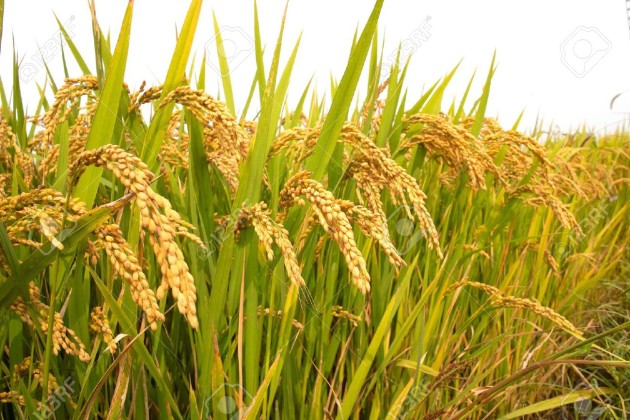Production increase should be first priority for ensuring food sovereignty
 Kathmandu / Sept 15: The Bill Providing for the Right to Food and Food Sovereignty, 2075 BS which was passed by the House of Representatives on Friday, also defines any person who does not own land but who cultivates a piece of land belonging to others taken on lease or contract as farmer.
Kathmandu / Sept 15: The Bill Providing for the Right to Food and Food Sovereignty, 2075 BS which was passed by the House of Representatives on Friday, also defines any person who does not own land but who cultivates a piece of land belonging to others taken on lease or contract as farmer.
The situation in the country is such that people who own lot of land do not carry out agricultural works; those who own little land do not have enough food to last throughout the year and those who do not have land are engaged in agricultural activities on rented land.
The bill also stipulates that the government shall identify the farmers and classify them, shall issue identity cards to the farmers based on the classification, and shall provide the subsidies, concession and facilities that the farmers owe from the state.
The Sixth Agriculture Census 2011, defines any person owning at least four anas land in the mountainous and hilly region, any person owning eight dhurs land in the Tarai or any person keeping one cow or buffalo of any age or at least five sheep or goats and other livestock such as pigs or at least 20 poultry including hens and chicks.
The First Agriculture Census was carried out in Nepal in 2018 BS.
A report made public by the Central Bureau of Statistics on 24 December 2013 states that Nepal’s agriculture sector can be best described as traditional and sustenance-based.
This raises a question – can the food sovereignty be achieved if this same pattern and scale of agriculture is practiced in the country?
Article 36 of the Constitution of Nepal has guaranteed right to food to every citizen. But how can the state ensure this right if there is no enough production to meet the demand for food in the context of the population growth?
The Ministry of Agriculture and Livestock Development has nearly 600 acts, rules, procedures and strategies, but food sovereignty could not be guaranteed by just mentioning it in papers and laws.
“There is no alternative to increasing food production by the State to guarantee food sovereignty,” said Minister for Agriculture, Land Management and Cooperatives, Chakrapani Khanal.
The Article 36 (3) of the Constitution has guaranteed that every citizen shall have the right to food sovereignty in accordance with law.
“No article of the Constitution works if the country’s agricultural production is not increased and the State has adequate food stock for distribution,” President of Agriculture, Cooperatives and Natural Resources Committee under the House of Representatives, Satyanarayan Sharma Khanal, said in a directive note during his address to the committee meeting last week.
What would be the situation if a neighboring country stops food supply to the nation due to some reason or citing compulsions, despite the capacity to afford the food? Thus, increasing internal production itself is the ultimate option to ensure food sovereignty.
The Constitution has stated that provisions will be made for sustainable production, supply, storage, security and the accessible and effective distribution of foods by promoting food production suitable to climate and soil by increasing investment in agricultural sector. But the situation is that annual growth rate in food production in Nepal is not satisfactory.
The National Agriculture Census 2011 shows that crops production in the country decreased by nine per cent on average compared to the past 10 years.
The census indicates the increase in the productions of potato ( by 20 per cent), spices (seven per cent), other cash crops (12 per cent) and green vegetables (41 per cent), but a fall in paddy and wheat production (six per cent), maize (12 per cent), millet (19 per cent), barley (35 per cent), buckwheat ( 40 per cent), pulses (21 per cent) and mustard (13 per cent).
Taking agriculture census 2011 as the base, Nepal has not made satisfactory progress on agricultural products. There are 3.8 million families fully involved in agriculture. Among them, 100 thousand people are not tilling the lands despite having it.
Similarly, the land used by agricultural families has the area of 2.5 million hectares, which is a decline by 100 thousand hectare as compared to 2001.
Although the government lately has taken a policy to curb plotting of arable land, utilize uncultivated arable land, and promote cooperative farming, the government is forced to import foods, meat, fish, vegetables and fruits worth of Rs 2 billion in a year.
As per the World Food Organization, the world needs to feed 9 billion population by 2050. To meet this requirement, the food production should be upped by 70 percent.
Currently, 9 million people are dying of malnutrition across the globe in a year. RSS
